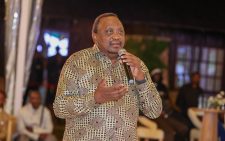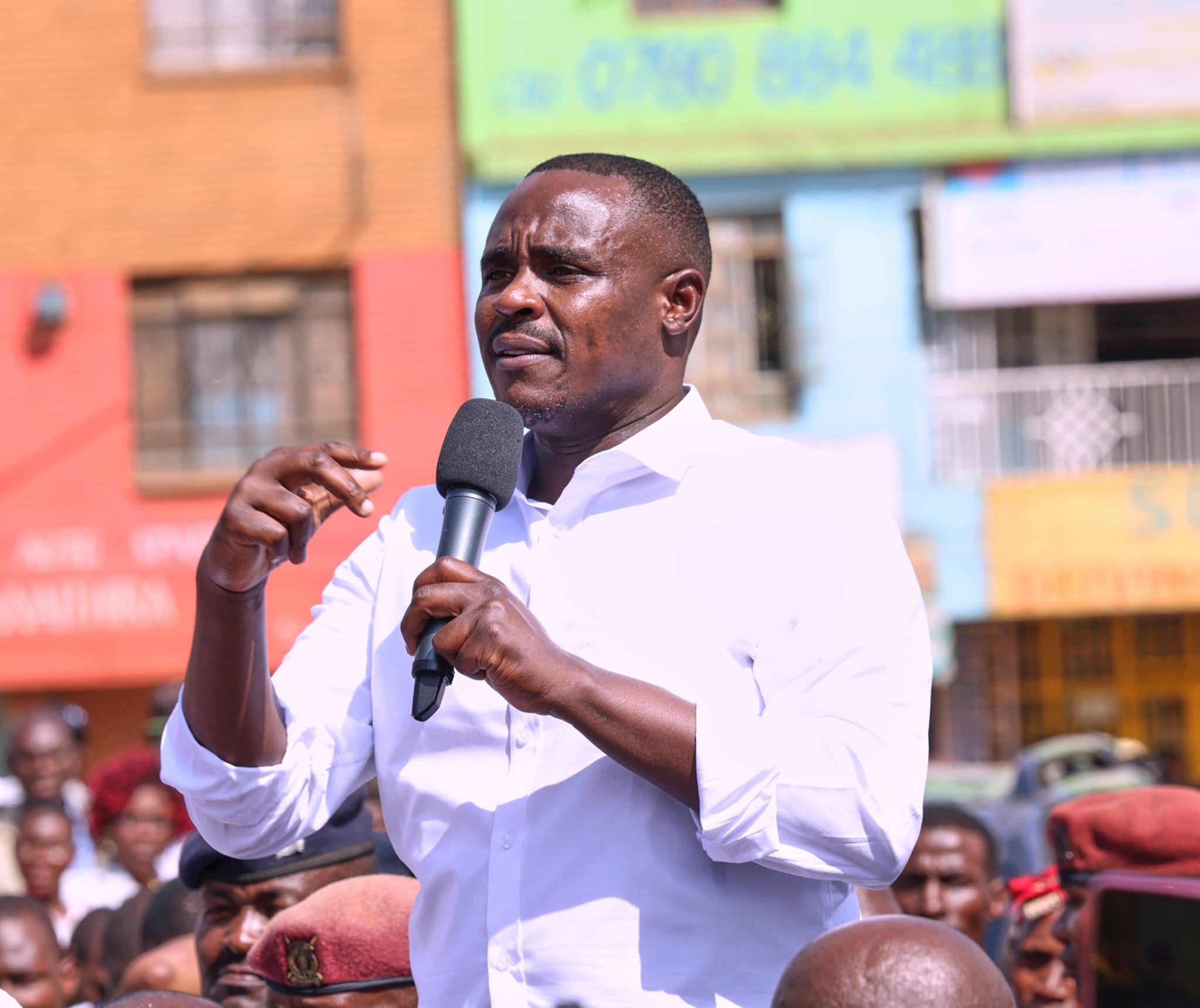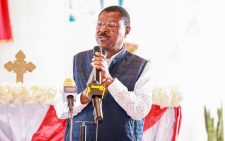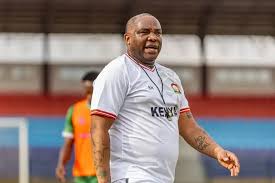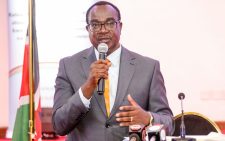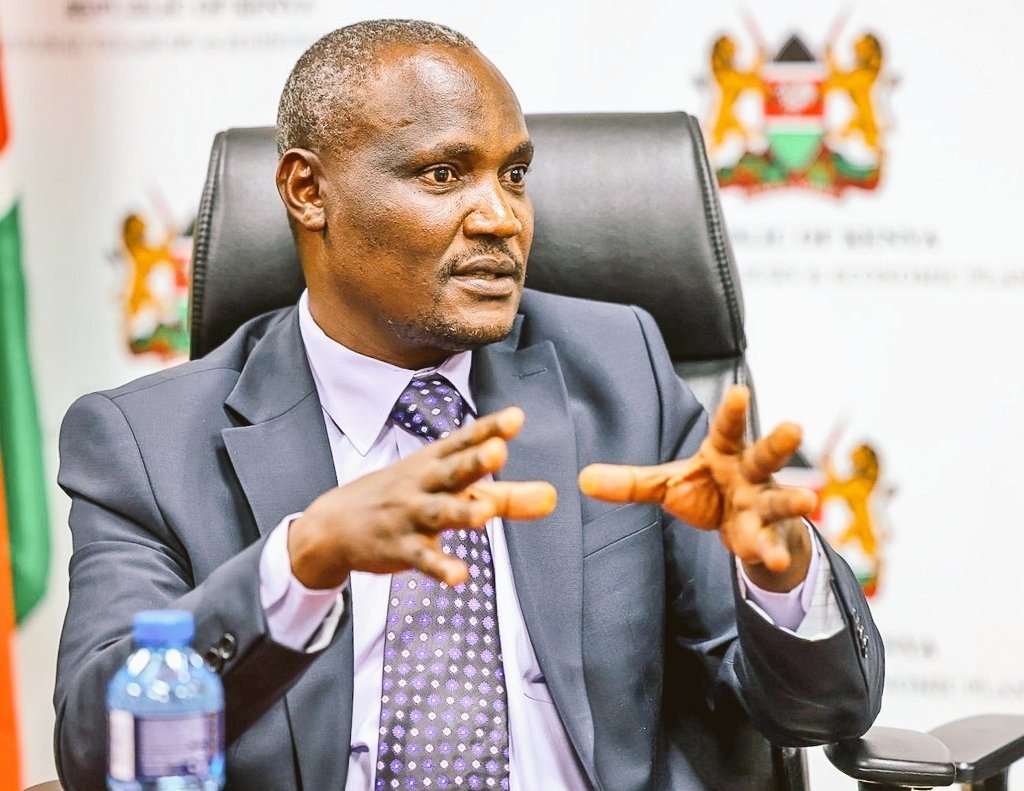What Ruto-Uhuru meet means
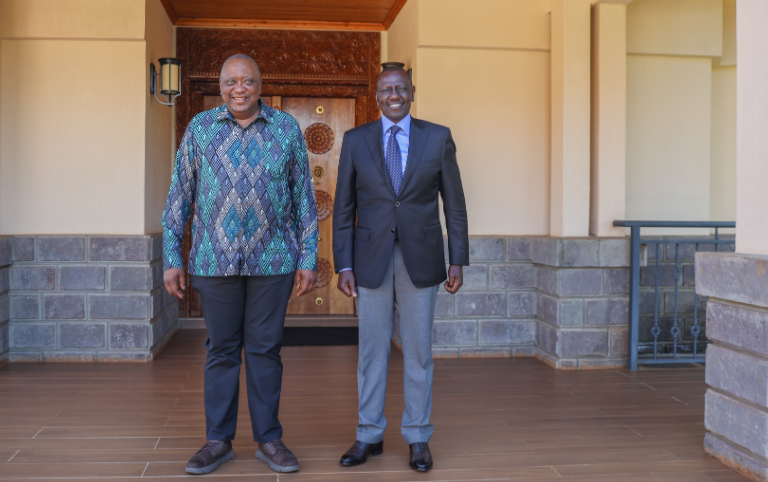
The recent meeting between President William Ruto and his predecessor, Uhuru Kenyatta, has set the Kenyan political scene abuzz. Though details of their discussions remain sparse, the optics of the meeting alone is politically significant, especially for Mt Kenya region and the broader national landscape.
This encounter is not just about two political heavyweights shaking hands; it is a moment of potential realignment, signaling shifts in power dynamics, personal vendettas, and long-term political strategies.
Mt Kenya is at the heart of this equation. Since independence, the region has shaped the country’s presidency, producing three of the country’s five presidents and consistently demonstrating the power of unity at the ballot.
However, the 2022 General Election fractured that unity, as Mt Kenya’s support shifted from Uhuru Kenyatta, their native son, to William Ruto, a political outsider from the Rift Valley. Uhuru’s perceived alienation from the region during his second term, coupled with his alliance with Raila Odinga under the Azimio la Umoja coalition, left Mt Kenya voters cold. Instead, they rallied behind Ruto, who courted them aggressively under the banner of the Kenya Kwanza coalition.
By meeting with Uhuru, Ruto is playing a strategic game to consolidate and retain his hold on Mt Kenya, a region whose loyalty is not guaranteed beyond his first term. While Ruto won decisively in Mt Kenya in 2022, there are murmurs of discontent over unfulfilled promise.
Uhuru’s political silence since stepping down had created a vacuum, but his re-emergence as a figure in the bipartisan talks and this meeting with Ruto suggests a recalibration of his influence. If Ruto can bring Uhuru back into the fold — or at least neutralise him as an opponent — he will solidify his grip on a region critical to his re-election bid.
For Mt Kenya, the Ruto-Uhuru meeting presents an opportunity for political cohesion but also raises questions about trust and genuine representation. The region’s political elite, long fragmented into rival camps, may seize the moment to push for a united front in national politics.
However, unity could come at the cost of grassroots participation. Will this meeting truly address Mt Kenya’s socio-economic concerns, or is it merely an elite pact to safeguard personal and political interests? The region’s farmers, traders, and youth, who voted overwhelmingly for change in 2022, may view the meeting with scepticism, interpreting it as a betrayal of their aspirations.
Moreover, the meeting carries symbolic weight. If the once-bitter rivalry between Ruto and Uhuru can be reconciled, it might signal the end of the post-election polarisation that has plagued Mt Kenya politics. It could also mark the beginning of a broader realignment within the region’s leadership.
Beyond Mt Kenya, the meeting holds significant implications for Kenya’s broader political landscape. Ruto has styled himself as a reformist President intent on dismantling the old order, which he often associates with Uhuru and Raila Odinga. Yet, his willingness to meet Uhuru suggests that pragmatism is overtaking populist rhetoric.
As President, Ruto cannot afford perpetual enmity with a predecessor who still commands respect in diplomatic and economic circles, not to mention among sections of Kenya’s security apparatus and international partners.
This meeting could also be seen as part of Ruto’s strategy to project himself as a unifier. Kenya’s politics have long been characterised by ethnic divisions, zero-sum contests, and an acrimonious winner-takes-all system.
By reaching out to Uhuru, Ruto might be signalling his readiness to de-escalate tensions and forge a more inclusive political framework. Such a move could strengthen the ongoing bipartisan talks and foster a culture of political compromise, which Kenya desperately needs to stabilise its economy and implement long-overdue constitutional reforms.
However, sceptics may view the meeting as nothing more than political theatre. Could it be that Ruto is merely co-opting Uhuru to weaken Raila Odinga, the enduring face of opposition politics? If Uhuru’s re-engagement in politics dilutes Raila’s influence in the Azimio coalition, Ruto will have succeeded in dividing his opponents ahead of the next electoral cycle. Such a strategy, while politically astute, risks entrenching Kenya’s toxic politics of personality over policy.
For Uhuru Kenyatta, the meeting is equally fraught with risks and opportunities. On one hand, it allows him to reassert his relevance. On the other hand, his overtures to Ruto could alienate his allies in the Azimio coalition, particularly Raila, who may interpret this as a betrayal.
If Uhuru seeks to reclaim his influence in Mt Kenya, he will need to navigate carefully, balancing his role as a unifier with the need to address the grievances that alienated the region from him in the first place.
– The writer is a Communication Consultant

